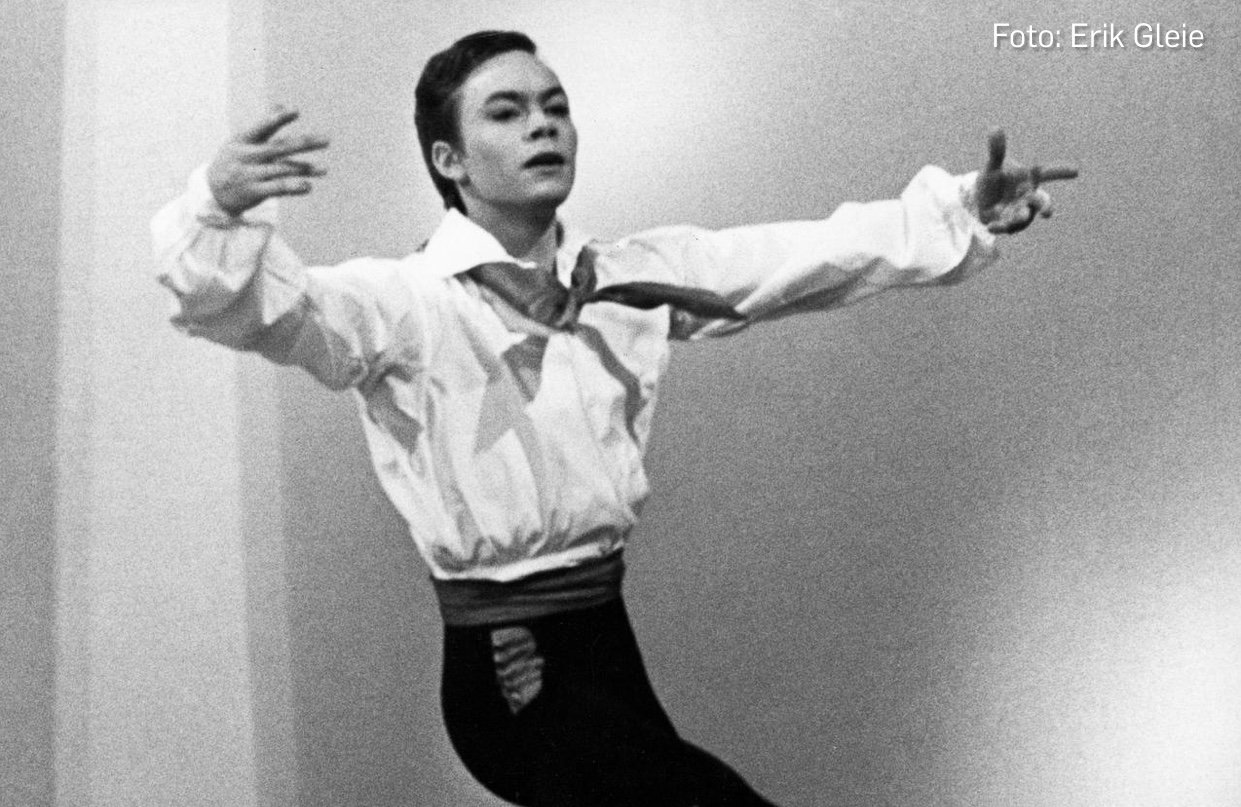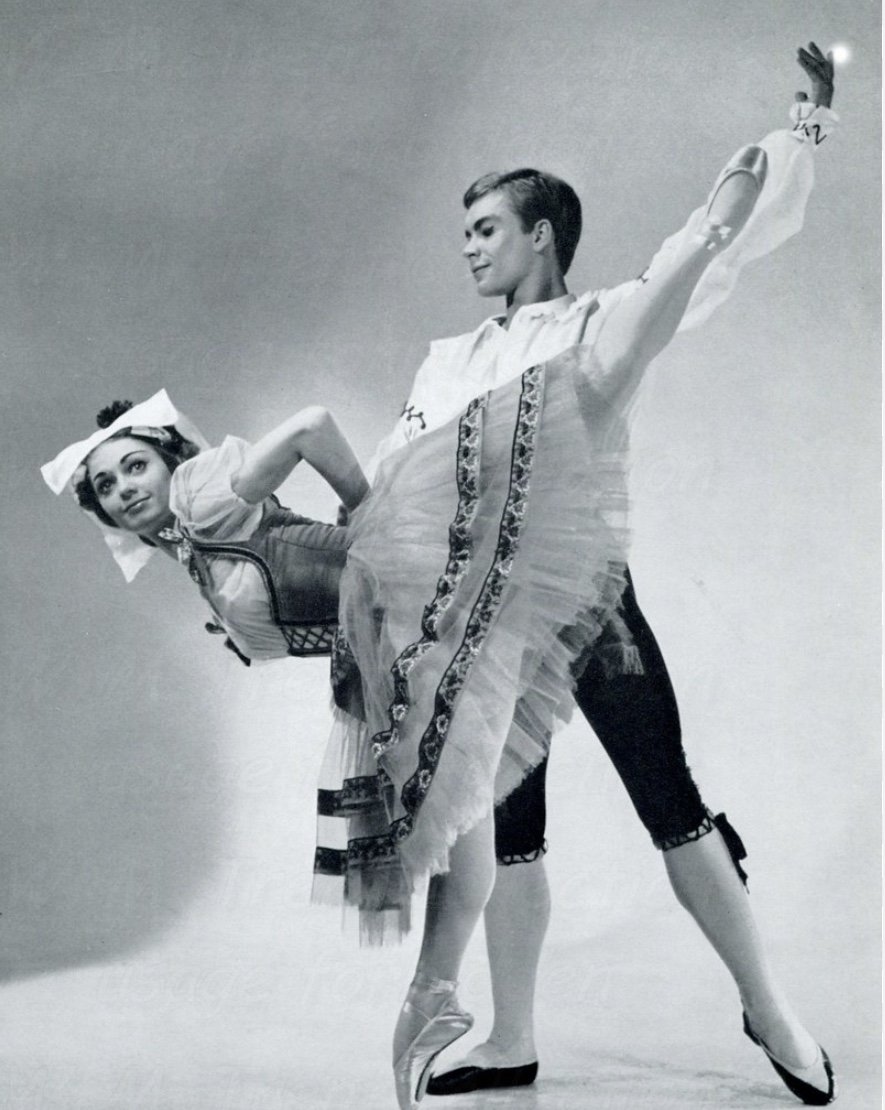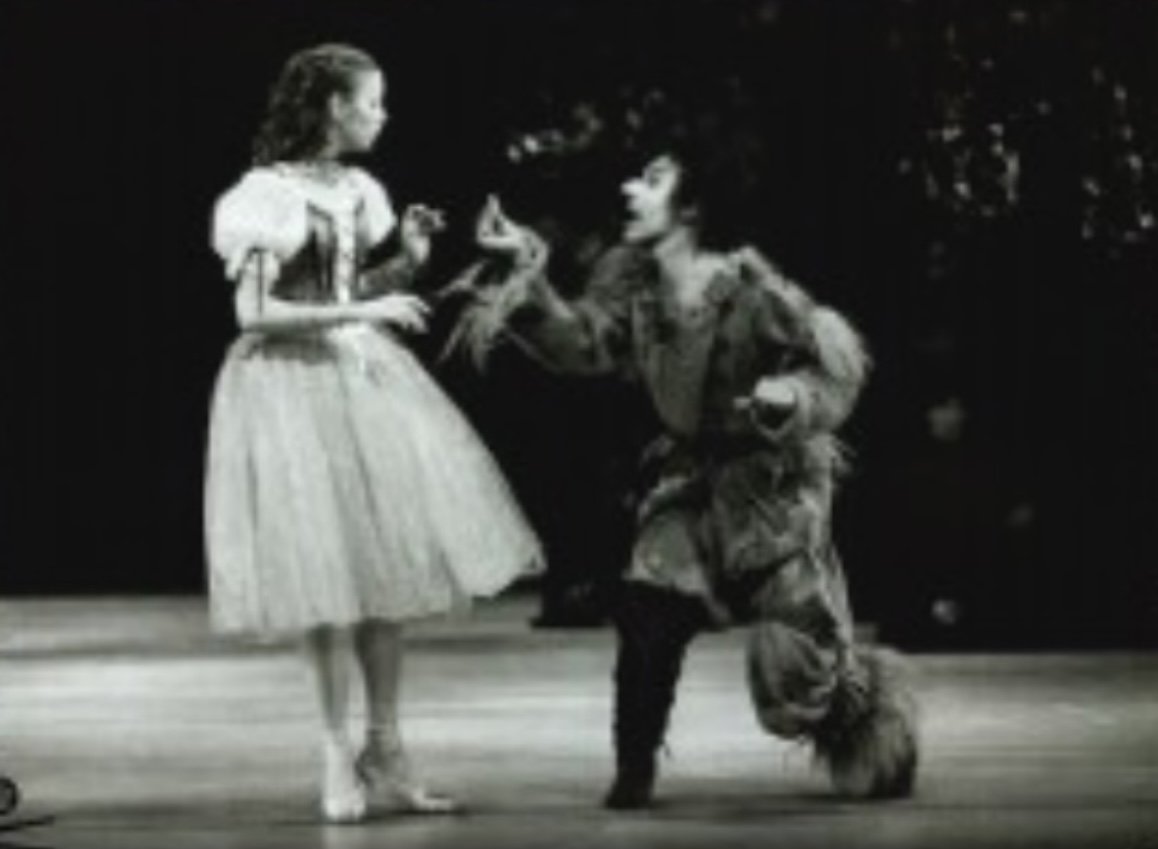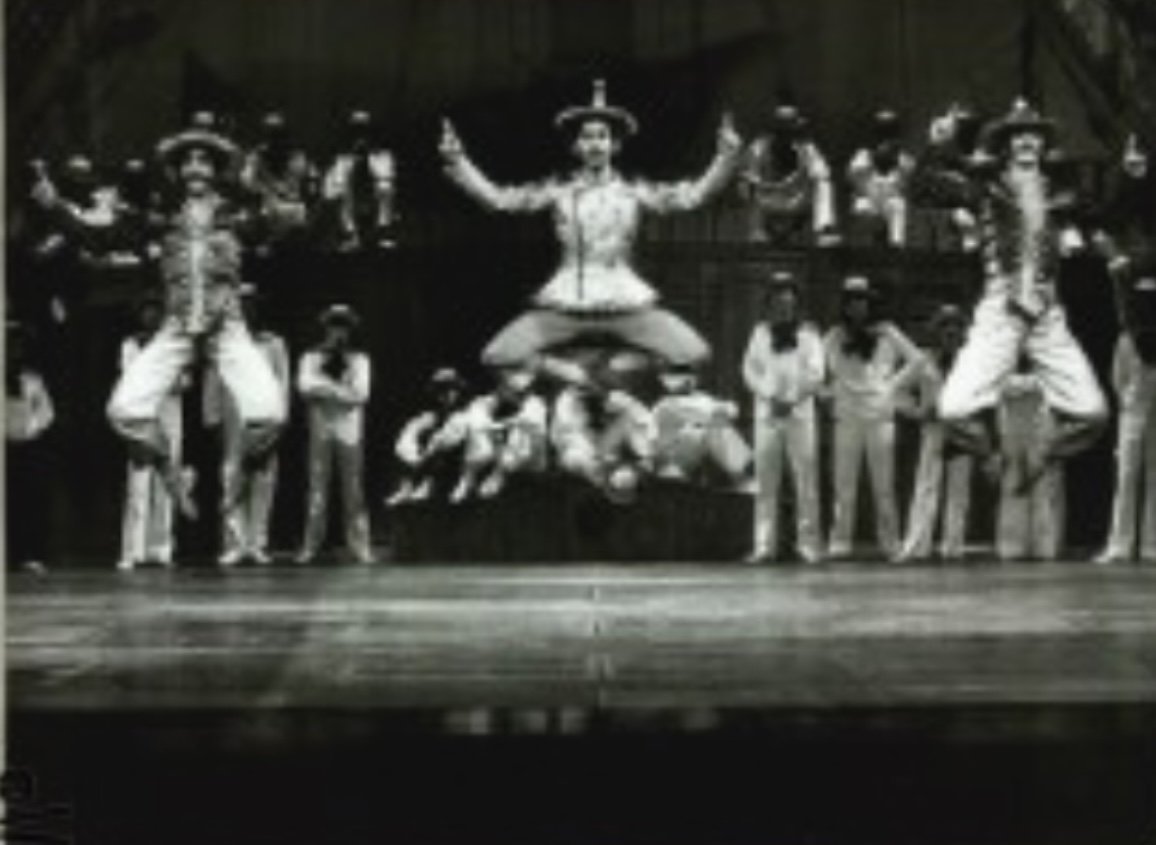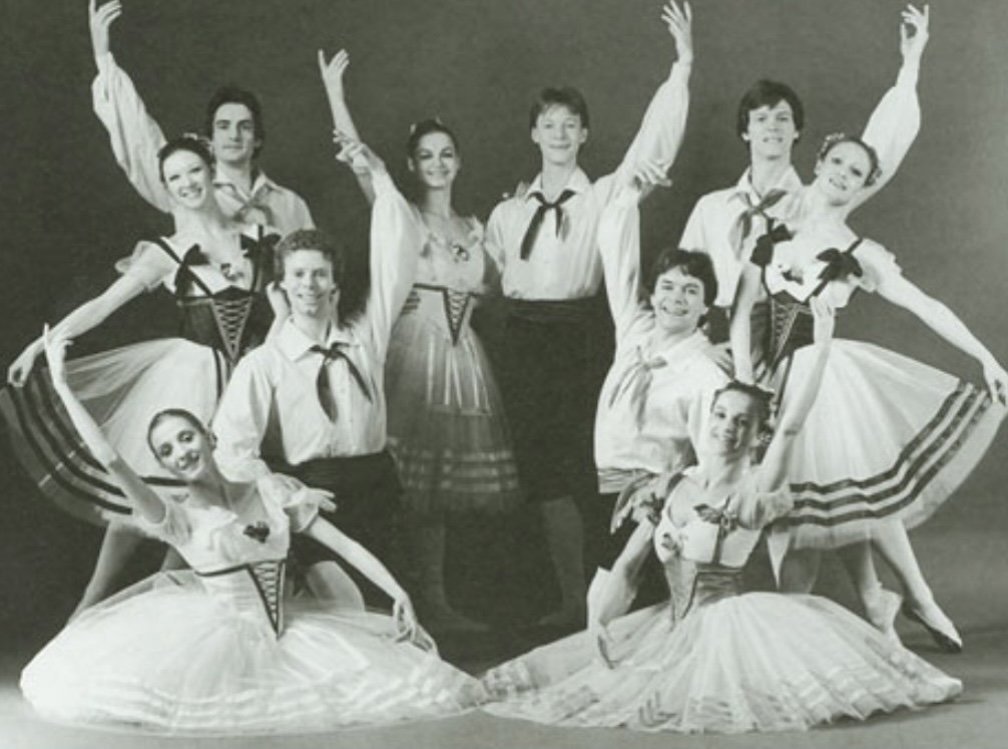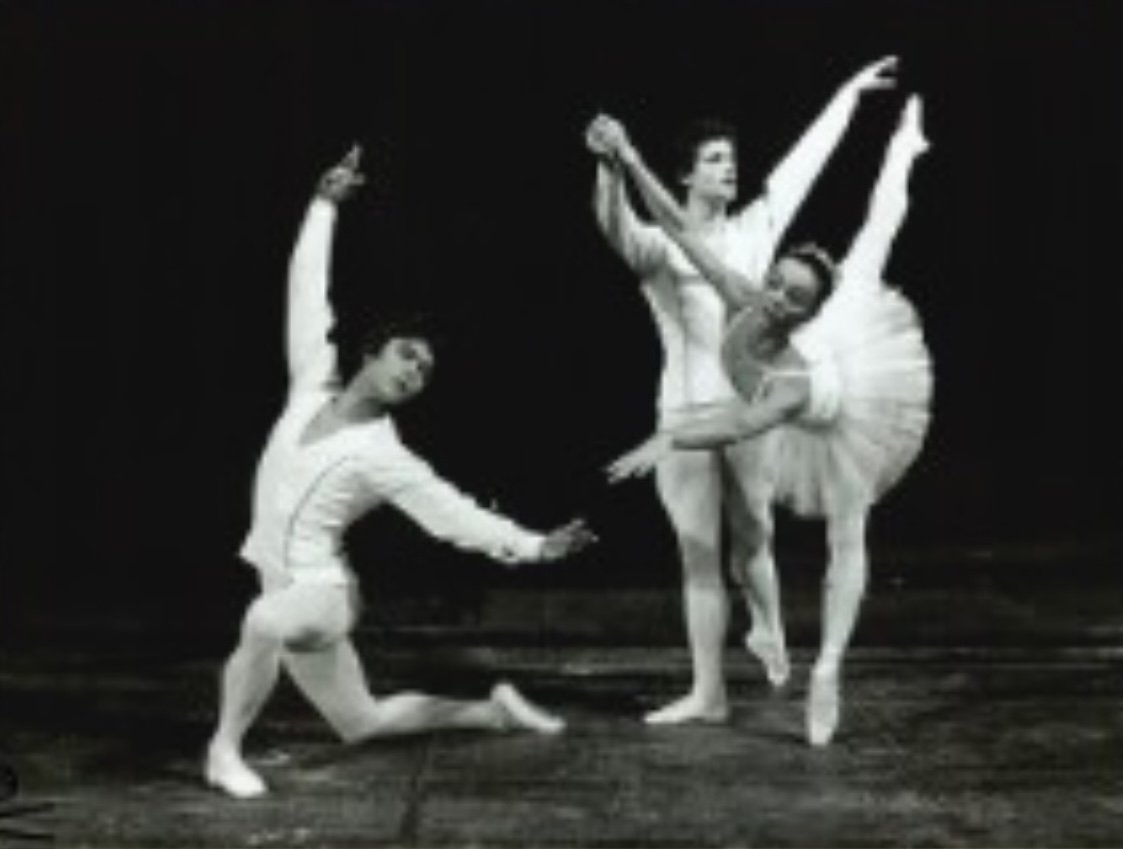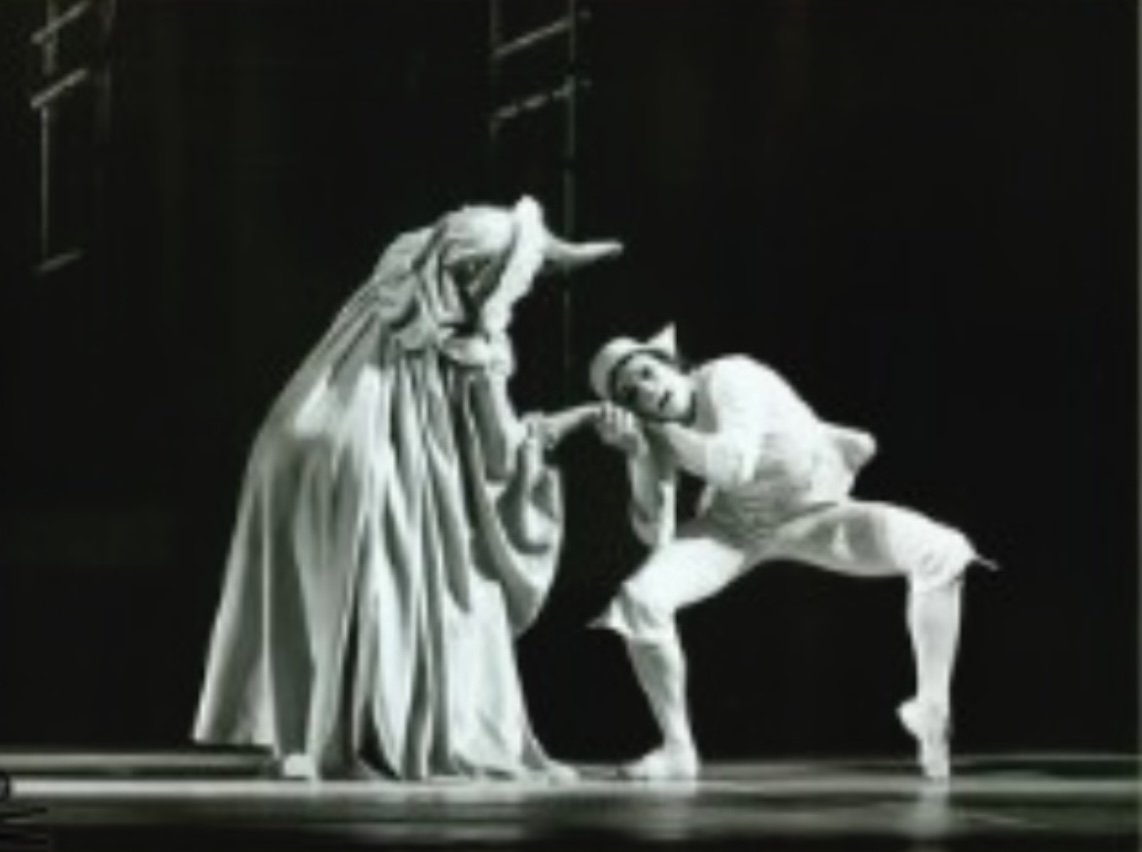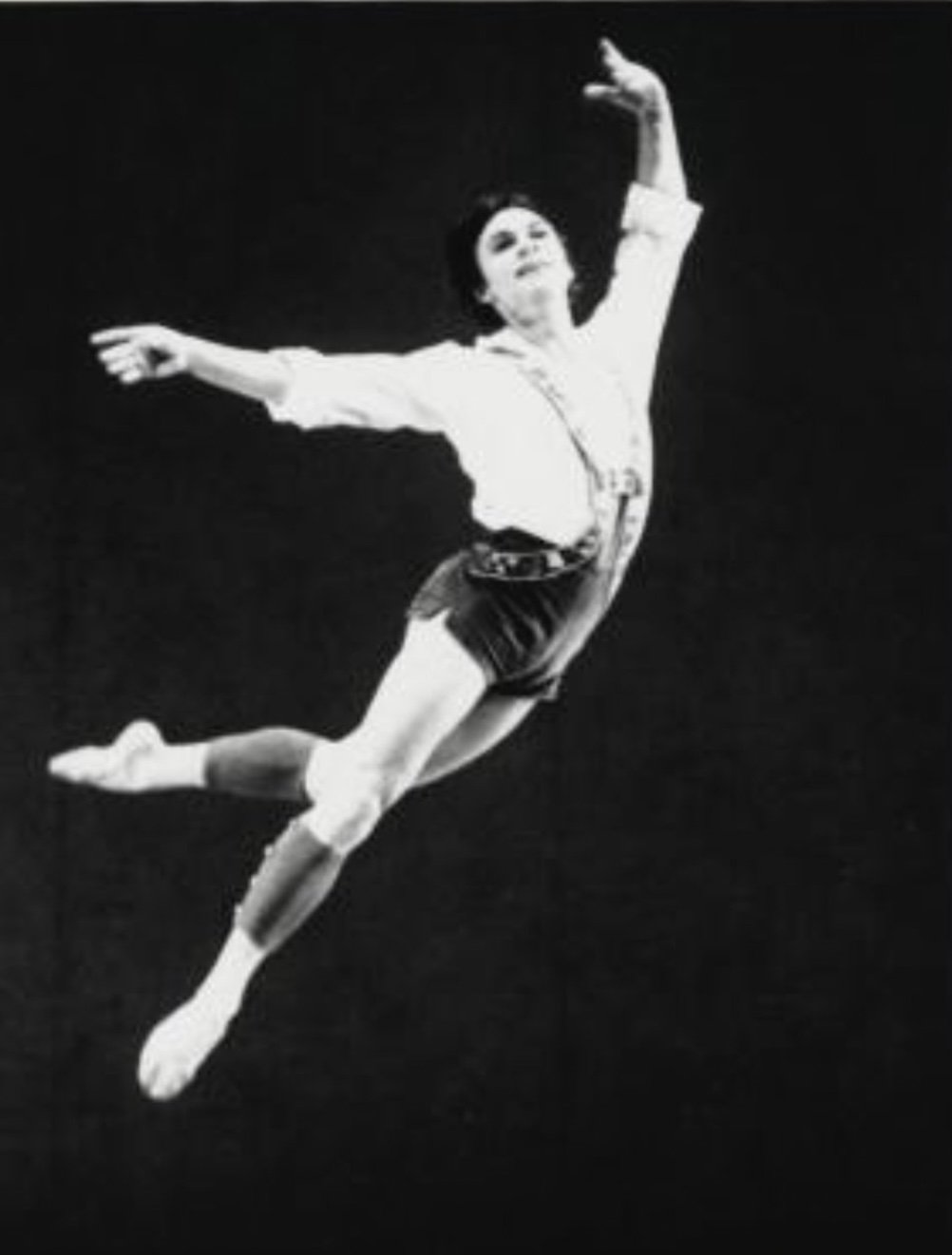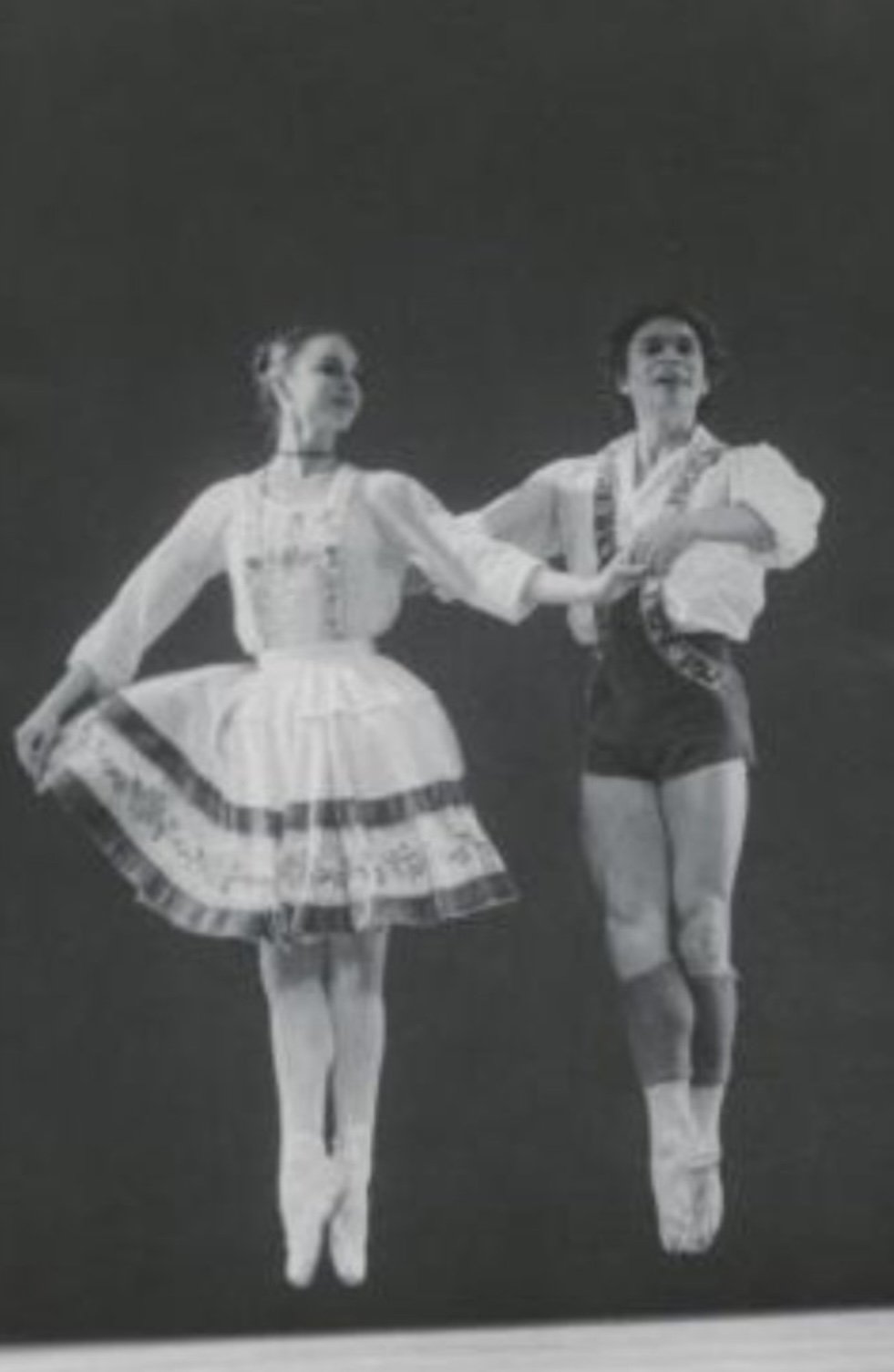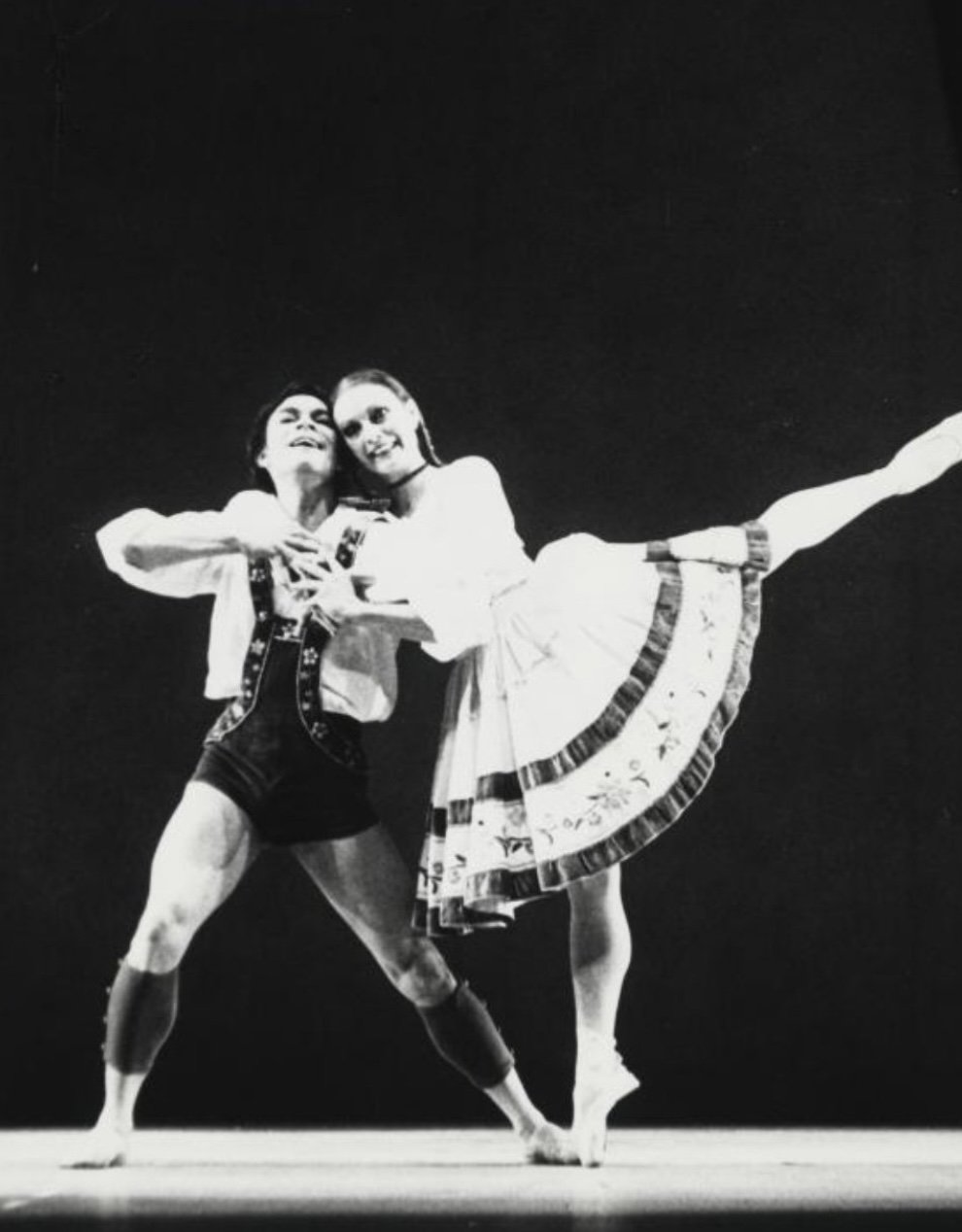Niels Kehlet (1938-2023)
1, 2, 3, 4, 5, 6, 7, 8, 9, 10. Almost two months ago, one of the greatest of all twentieth-century dancers died; and few people heard of it outside Denmark. This was Niels Kehlet (1938-2023). He was born in the same year as Rudolf Nureyev: even though Nureyev’s jumps were astounding in their day, Kehlet’s were often more so. He was also a comic actor of something like genius, who went on playing lead roles in the ballets of August Bournonville until his early forties and supporting roles in them until his mid-fifties. He had, as Arlene Croce wrote in 1966, a face like a pumpkin; and he had the gift of making audiences so happy that it was intoxicating: you felt blissfully drunk on his presence and on his amazing dance skill. For the critic Clement Crisp, Kehlet was also - without exception - the greatest interpreter he ever saw of James, the tragic hero of Bournonville’s “La Sylphide”. Ib Andersen writes, by text, “Niels Kehlet was one of the most naturally gifted dancer that I have ever encountered. Even in his forties - he had such a gift for acting and his love of dancing was infectious - he was a star.”
There is a keen debate about the word “ballon”. The critic Robert Greskovic, a brilliant analyst of ballet technique and its vocabulary, insists that ballon is to do with super-quick takeoff in jumps, the ability to leave the floor with rapidity and height. Others insist that ballon is to do with the ability to stay in the air, to hover at the apex of a jump. I’m told that George Balanchine used the word ballon in this second way. Well, Kehlet exemplified both, even past the age of forty, to an exceptional degree. I saw him when he was around age forty-one in a London gala performance of Bournonville’s “Flower Festival at Genzano”: there he was arriving high in the sky in an instant, as Natalia Osipova can do today, and then staying there, cutting a firm shape at the crest of a jump before descending.
A year later, he was quite as miraculous in the classroom scene of Bournonville’s “Konservatoriet”, as part of the never-to-be-forgotten Bournonville Festival of 1979. But in that festival he was perhaps yet more wonderful as two comic characters, the intemperate and explosive troll Diderik in “A Folk Tale” and, in “The Kermesse at Bruges”, the artless brother Gert, who gains a ring that makes him fabulously irresistible to all women.
I envy those who discovered Kehlet long before I did. The British dance connoisseur Jane Simpson writes “He was the first Royal Danish Ballet dancer I ever saw, opening an RAD Gala at Drury Lane in the ‘Flower Festival at Genzano’ pas de deux, with Solveig Østergard, and closing it in the ‘Napoli’ pas de six etc - and I'm interested to read in my own notes that I enjoyed him and Bournonville the most of the afternoon, which, given that it was the matinee that included Nureyev's first London appearance, was quite something.”
What films are there of this paragon? For many of us, his ballon was what helped to epitomise Bournonville style: it was singularly breathcatching even when you were watching the much younger (and quite marvellous) Ib Andersen or Arne Villumsen on the same programme, or in choreography (“Konservatoriet”, “Flower Festival”) in which you had also seen Fernando Bujones, Peter Martins, Rudolf Nureyev, and Peter Schaufuss. (His partner in several of these photographs is Solveig Østergard, whom I never saw dance: they danced the Bournonville “William Tell” pas de deux among others. In the photo where he wears a hat, he’s beside Anne-Marie Vessel in “Kermesse at Bruges”. I’m advised he can be seen in a Danish television account of Harald Lander’s “Études” that’s been shown by BBC-TV. My thanks to Martin Meng for sending me this <late 1960s?> film of Kehlet and Helga Heinrich as “the Bluebirds”, a widespread but erroneous name for the Bluebird and Princess Florine in “The Sleeping Beauty”: https://youtu.be/l3fCJqifSTg .)
Kehlet did not have personal glamour; he was not a pinup or a heartthrob. But he was greatly beloved; he was an artist of rare imagination, fantasy, humanity, and fun. The news that he is no longer among us makes the world seem a significantly smaller place. Those of you you never saw him, please make it your mission to find what film of him you can; and cherish every photograph. He taught at the Royal Danish School; one of his most distinguished students tells me “He had fire, élan, buoyancy, passion - and I looooved him.”
Monday 1 May
1: Niels Kehlet in August Bournonville’s “Flower Festival in Genzano” pas de deux (1858).
2: Niels Kehlet in August Bournonville’s “Flower Festival in Genzano” pas de deux (1858).
3: Solveig Østergard and Niels Kehlet in August Bournonville’s “Flower Festival in Genzano” pas de deux (1858).
4: Niels Kehlet and Sorella Englund as James and the Sylph in a 1974 performance of August Bournonville’s 1836 version of “La Sylphide”. Photograph: John Rosforth.
5: Lilian Jensen (Veronica), Niels Kehlet (Gennaro), Sorella Englund (Teresina), Henning Kronstam (Aleppo), and Ole Suhr (Fra Ambrosio) in a 1975 performance of August Bournonville’s “Napoli” (1842). Photograph: John Rosforth.
6: Anne-Marie Vessel and Niels Kehlet in a 1979 performance of August Bournonville’s “The Kermesse at Bruges” (1851)
Photograph: John Rosforth.
7: Niels Kehlet and Kirsten Simone as Geert and Fru von Everdoen in a 1979 performance of August Bournonville’s “The Kermesse at Bruges” (1851). Photograph: John Rosforth.
8: Mette-Ida Kirk (Hilda) and Niels Kehlet (Diderik) in a 1979 performance of August Bournonville’s “A Folk Tale” (1854). Photograph: John Rosforth.
9: Niels Kehlet and Arne Bech in a 1973 performance of August Bournonville’s “Far from Denmark” (“Fjernt fra Danmark”).
Photograph: John Rosforth.
10: Soloists of the Royal Danish Ballet in 1979 in New York: Arne Villumsen (top left) with Dinna Bjorn Frank Andersen (kneeling left), Niels Kehlet (kneeling right) with Eva Kloborg.
11: Niels Kehlet (left), Peter Schaufuss (right) with Mette Hønningen in a 1977 performance of Harald Lander’s “Études”.
Photo: John Rosforth.
.
12: Niels Kehlet (jumping) as the Joker in a 1971 performance of John Cranko’s “Jeu de cartes” (“Card Game”).
Photograph: John Rosforth.
13: Niels Kehlet in a 1972 performance of Glen Tetley’s “Pierrot Lunaire”, with Vivi Flindt.
Photograph: John Rosforth.
14: Niels Kehlet in August Bournonville’s “William Tell” pas de deux. (Probably this number is Hans Beck’s work, based on Bournonville’s earlier choreography of a larger divertissement for Rossini’s opera. The music in includes the Tyrolienne composed by Rossini for Marie Taglioni, “Un bel oiseau”.
15: Solveig Østergard and Niels Kehlet in the “William Tell” pas de deux. See 14.
16: Niels Kehlet and Solveig Østergard in the “William Tell” pas de deux. See 14.
17: Niels Kehlet and Helga Heinrich in the Bluebird pas de deux from “The Sleeping Beauty”.

